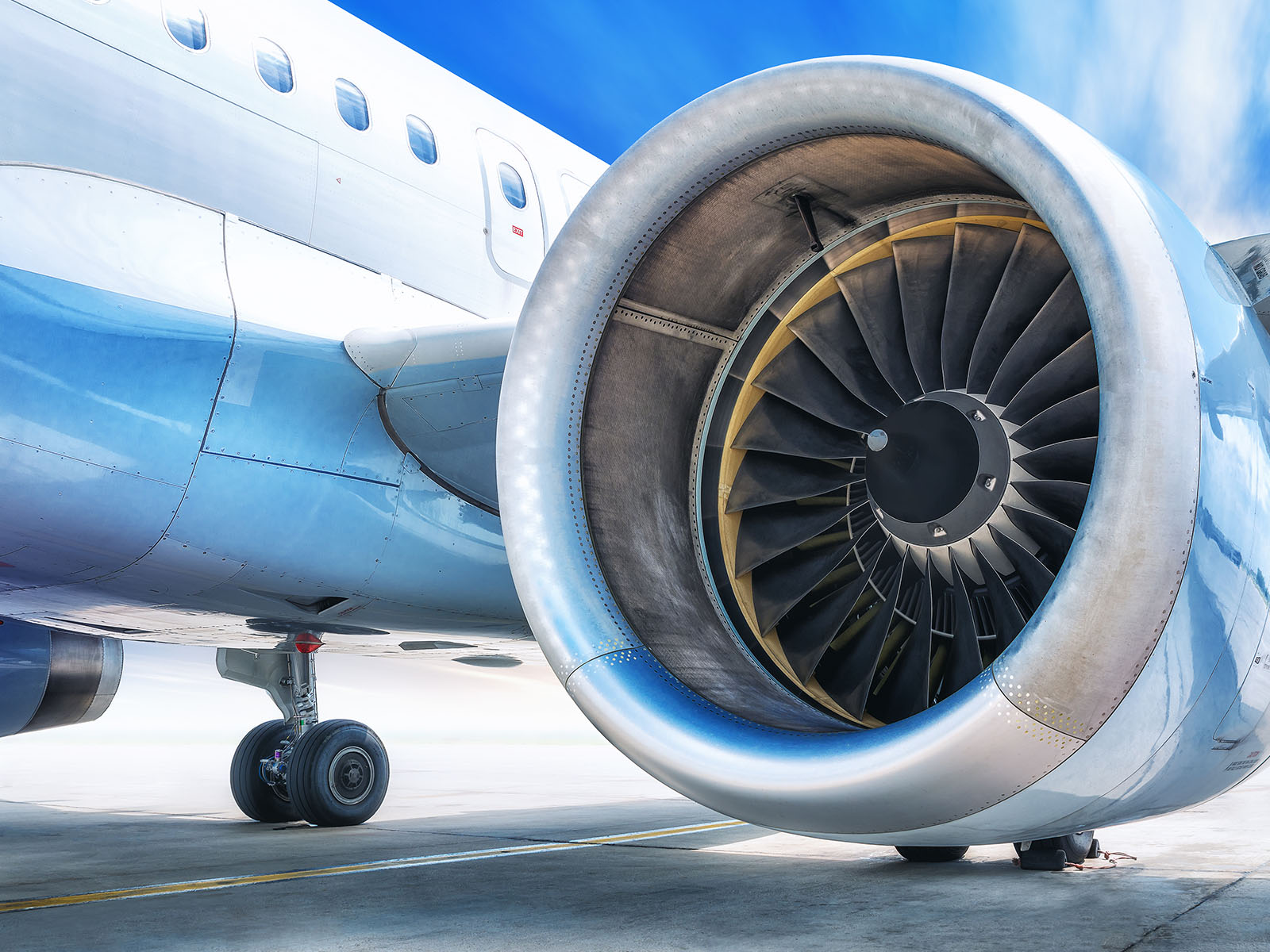Technology Overview
STERADIAN (short for Selective Thermal Emission and Radiation in Annuli) is a patent-pending coating material developed by researchers at PNNL in collaboration with University of Minnesota that can increase the efficiency of gas turbines and heat exchangers, helping reduce energy consumption, greenhouse gas emissions, and costs.
Coating to improve energy efficiency in gas turbines and heat exchangers up to 25%
As the nation pursues increasingly aggressive climate and clean energy goals, opportunities to improve the efficiency of natural gas turbines, aviation turbines, and other industrial turbines can reduce energy consumption and carbon emissions. One way to increase efficiency in gas turbines is to increase the operating temperature. However, current materials used in turbine components cannot withstand the resulting additional stresses.
Applied, for example, to today’s turbine blade alloys, the novel STERADIAN coating alters the wavelength of light radiated from the hot turbine blade surfaces. While this form of energy is typically wasted, the coating converts it into a wavelength that is absorbed in the turbine exhaust where it can produce additional electrical power or thrust, with simulations showing a potential to increase turbine output by as much as 6 percent.
In another application, the STERADIAN coating technology could be used to significantly improve the efficiency of heat exchangers by enhancing radiative heat transfer. The coating directs more energy into a band that can be absorbed by the supercritical carbon dioxide (scCO2) flowing through heat exchangers used in advanced scCO2 power conversion cycles. PNNL studies show the coating could reduce heat exchanger size by 20 to 40 percent, depending on temperature, with corresponding savings in capital and operating costs.
Reshaping the Way Light is Emitted
The STERADIAN coating reshapes the way light is emitted off hot surfaces, such as turbine blades or heat exchanger components, to improve radiant heat transfer to CO2. CO2 makes up about 10 percent of turbine exhaust, and scCO2 is also used as a heat transfer fluid. The STERADIAN coating shifts the normal broad optical emissions into a narrow band that is tuned to align with a band for strong CO2 absorption, where it can enhance energy efficiency. The coating structure is designed using principles of nanophotonic engineering to induce excitations in the target emission band for absorption by CO2 while suppressing emissions outside of this band.
A licensee could offer the benefits of this coating to the aviation, industry, or energy sector for use in turbine blades, heat exchanger, or similar devices. The licensee could be a component manufacturer or a third-party provider of the coating to the manufacturers of those components. In either case, the licensee would enable the end users to benefit from increased efficiency, reduced greenhouse gas emissions, and lower costs.
Advantages
- Significantly improves heat transfer performance to enable as much as a 25 percent reduction in heat exchanger size and weight
- Increases in efficiency enables reductions in greenhouse gas emissions and costs
- Can be used with current materials in today’s gas turbines for electricity generation, aviation, and industrial applications, with simulations projecting turbine output increases by as much as 6 percent.
- Can improve economics of the supercritical CO2 power cycle
